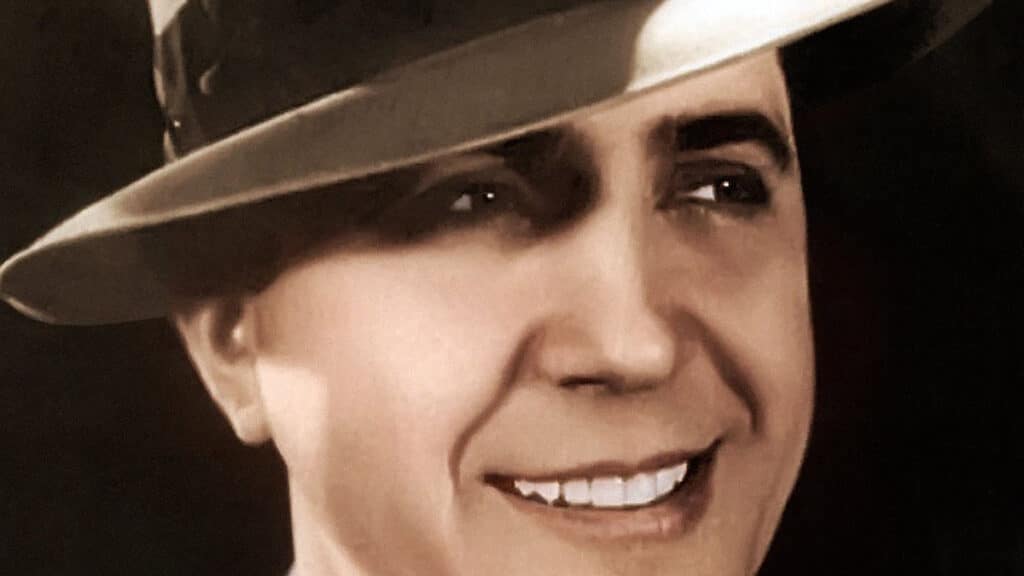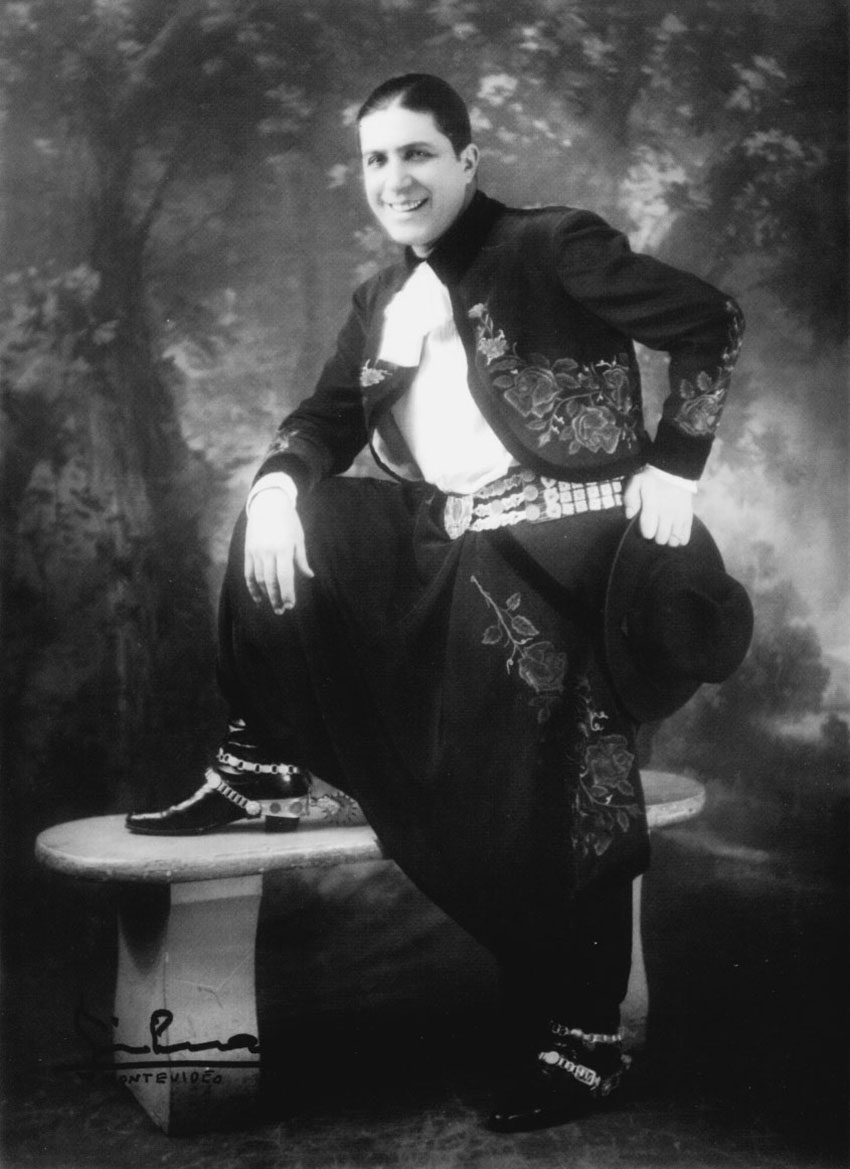French-born Argentine Carlos Gardel is the icon of Argentine Tango. He was the second international Latin idol after Rudolph Valentino. Gardel’s birthday is the International Day of Tango.
Carlos Gardel was Born in France

Charles Romuald Gardès was born in Toulouse, France on December 11, 1890. He moved to Buenos Aires with his mother in 1893. They lived at Calle Uruguay 162 in Barrio San Nicolás.
It’s only recently been accepted that Gardel was born French. The affinity makes sense. French and Argentines have a long love affair. Paris was the capital of the world and Argentina was one of the top ten richest economies. The Paris Tango Craze of 1913 made Tango dancing popular in Italy, New York, and then Buenos Aires.
Mi Noche Triste (My Sad Night)
Like many artists, Gardel started singing at parties and in bars. His version of Mi Noche Triste (1917) was a hit in Latin America. Gardel’s version was the first Tango with lyrics. The song was an instrumental from Buenos Aires. Gardel added unofficial lyrics from Montevideo, Uruguay. The pairing forever set the melancholy tone of Tango songs.
Percanta que me amuraste…
The Second International Latin Idol
Italian-American movie star Rudolph Valentino was the first Latin idol. Carlos Gardel was the second.
Back in the day in New York City, Latins in East Harlem would listen on the radio to Carlos Gardel and what was becoming Latin Jazz.
Tango got an international boost by the adoption of the phonograph. Many of the first recordings were of Tango. The technology spread Argentine Tango around the world.
Gardel’s musical style of simple guitar and voice played into the Gaucho myth of the Argentine cowboys. It’s one of Argentina’s founding stories. Interestingly, it was Valentino’s role as an Argentine Gaucho dancing a Tango that made him famous.

International Moviestar
As Gardel’s popularity grew, he started making movies. He made some in New York City including The Tango on Broadway (1934).
Gardel’s American movies were some of the first Spanish-language movies that were not remakes of English productions. That made them especially popular.
In New York City, Gardel met a talented young bandoneon player Astor Piazzolla and invited him on tour. We are lucky that Piazzolla’s father declined the offer. Piazzolla went on to create Tango Nuevo, the Tango Jazz form which now dominates Tango music.
Gardel’s final film was Tango Bar (1935) which he shot at the Kaufman Astoria studios in Queens just before leaving New York for Medellín. It contains his famous song Por una cabeza. It’s funny that many people think the song is romantic, but it’s about horse racing.
Gardel Died on a Flight From New York to Medellín, Colombia
Medellín, Colombia is the third city of Tango. Medellín has it’s own Tango culture. Men bond by drinking beers while listening to Tango songs.
Many Paisas of Medellín have an encyclopedic knowledge of Tango recordings in the way that some people memorize baseball statistics. Many Paisas can sing along. It’s one of the beautiful things that happens when you dance Tango with a Colombian. He is likely to sing along while dancing.
Gardel was on his way to perform in Medellín when his plane crashed while landing on June 24, 1935. The stars body was taken to New York City and Rio de Janeiro for idolation before Gardel was buried in La Chacarita, Argentina’s national cemetery.
